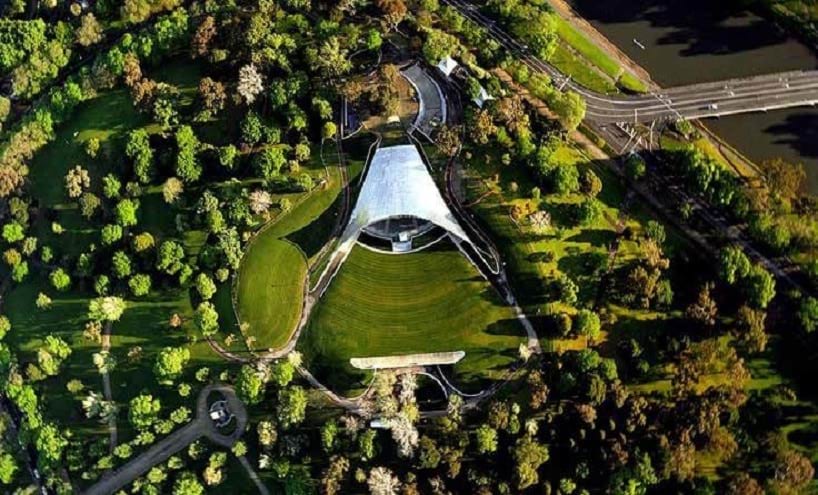You can download the construction management case study here or find the full text below.
Construction management is a procurement where the ‘traditional builder’ is replaced by a construction management organisation. Their responsibility is to work directly for the client in the management of the construction phase. A construction manager has expertise in both building and management and is contracted to the client to provide management services only. The works are completed by a series of trade contracts arranged by the construction manager, but entered into directly between each trade contractor and the client. A significant aspect of construction management is that the construction manager has no direct involvement in the payments to the trade contractors. The role of the design team and its relationship with the client and construction manager is very similar to the traditional contracts between architect, client and contractor. The design team is commonly novated to the construction manager.
Action to benefit good design
- Early involvement of the construction manager to assess buildability prior to commencing design development.
- Engage independent design advice from either a design champion, design quality team (DQT) or the OVGA to assist with design quality management in preparing the brief and contract development and at key project milestones.
- An established and positive working relationship between the construction management organisation and the sub-contractors.
- Ensure that the construction management fee is subject to achieving design benchmarks or assessment via Key Result Areas (KRAs) as assisted by independent design advice.
- Ensure that each trade contract agreement specifically refers to design quality and explains how it will be delivered.
Case study: Sidney Myer Music Bowl, Kings Domain, Melbourne
Project Background
Originally opened in 1959, the Sidney Myer Music Bowl is a celebrated, rare survivor of Melbourne’s heroic postwar period of architecture and is listed on the Victorian Heritage Register. Over time the Bowl was in need of significant restoration
and upgrade required to address its substantial functional deficiencies which made it inadequate to support performances. The upgrade required a change to sightlines, regarding of the grassy berm and flexibility in delivery of the project to avoid impacting the operation of key annual events, specifically the Royal Victorian Institute for the Blind’s Carols by Candlelight.
The brief required an upgrade of all facilities to integrate back of house production, catering artist change and warm up, theatre infrastructure and technologies, commercially supportive facilities, hire-out function spaces and a cafe. The refurbishment needed to respect the heritage value of the original structure, while rejuvenating its cultural life as one of Melbourne’s most loved venues. Apart from the original cable network and supporting columns, the existing fabric has been restored and reconstructed. The new work extends the original footprint, mainly underground. Major areas for refurbishment included replacing the canopy damaged by prolonged water penetration through the edges of the ‘Alumply’ panels which caused deterioration of the plywood, and some delamination of the aluminum cladding. The entire canopy was replaced with a new cladding system. The use of construction management offered a flexible procurement method that supported the changing nature of the brief and the potential for the design to evolve.

Key initiatives to protect the design quality
- Design advice early in the procurement process supported the management of design quality in contract and brief development.
- An early understanding of the complexity and heritage sensitivities of the site.
- Independent advice from the original architect Barry Patten.
- An “open book” approach offered transparency with preliminaries and profits declared.
- Use of Hooker Cockram as experienced sub-contractors, as the construction management organisation.
Constraints
- The breakdown of the project into two separate stages to facilitate the continuity of use for the Royal Victorian Institute for the Blind’s Carols by Candlelight.
- Unexpected change to the brief for required patron sightlines to the stage area.
- Unforseen industrial issues beyond the control of the client or construction management organisation.
- A change in government halfway through the project.
What worked well
- The flexibility of construction management as a procurement method supported the design changes required, including adjustment to audience sightlines, the need to raise the berm and additional fill.
- Efficient and effective resourcing of the project by Hooker Cockram as the construction management organisation.
- Major Projects Victoria (MPV) acting as design champion.
Updated
